
SEOUL, April 08 (AJP) - On April 5, a tradition linking South Korea’s imperial past to its present unfolded at the serene Donggureung Royal Tombs.
Under a steady spring drizzle, the “Cheongwan Yecho” ceremony took place, a ritual centered on the trimming of reeds that blanket the burial mound of Geonwolleung, the final resting place of Yi Seong-gye, who established the Joseon Dynasty.
The term “Cheongwan” refers to reeds, while “Yecho” signifies the act of cutting grass. Donggureung is a significant historical site, encompassing nine royal tombs from the Joseon era.
It represents the largest concentration of these burial sites among the 40 Joseon royal tombs in South Korea recognized by UNESCO as World Heritage Sites. In total, 42 such tombs exist, with the remaining two located in Kaesong, North Korea.
The rain-soaked reeds of Geonwolleung densely cover the tomb, creating an appearance reminiscent of a traditional thatched roof. The surrounding woodland, shrouded in a soft mist, lent the scene a quiet solemnity.
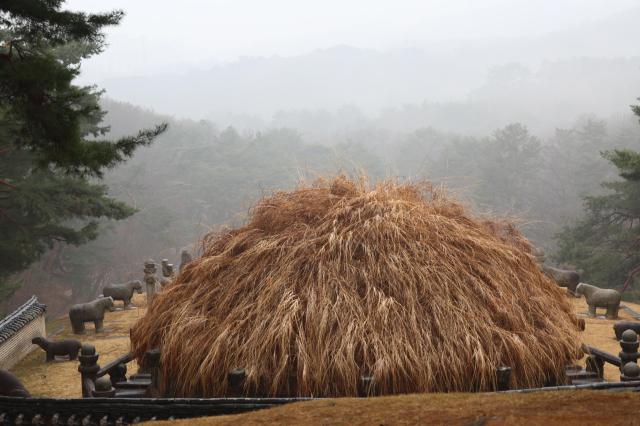
Unlike the other royal tombs within the complex, which are covered in manicured lawns, the reeds of Geonwolleung carry a poignant historical narrative.
Yi Seong-gye, the dynasty’s founder, held deep animosity towards his son, Yi Bang-won, who was responsible for the deaths of the two sons born to his second queen, Sindeok.
Before his passing, Yi Seong-gye expressed a desire to be buried in his ancestral home of Hamheung. However, Yi Bang-won considered it inappropriate to inter the kingdom’s founder in a remote province.
As a compromise, he chose a burial site near the capital, Hanyang (now Seoul), and, in a symbolic gesture to honor his father’s wishes, had soil brought from Hamheung to cover the burial mound, planting reeds from the same northern region.
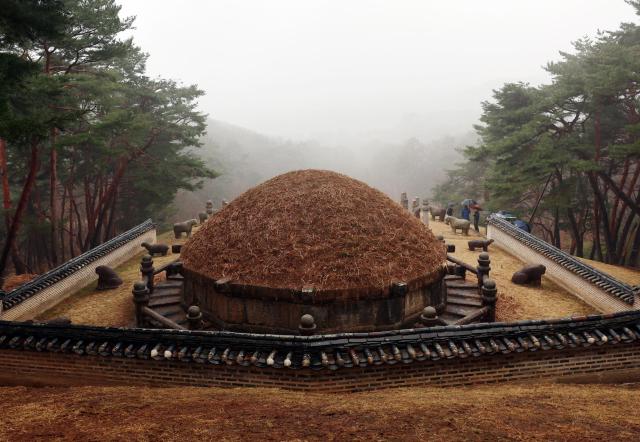
The “Cheongwan Yecho” ceremony unfolds in a precise sequence.
First, five laborers, wielding traditional sickles, undertake the “Yechoui,” the physical act of cutting the reeds. This distinctive scene often draws a crowd of onlookers. The significant size and steep incline of the burial mound demand careful attention from the workers. After approximately an hour, the mound is cleared of the season’s growth, presenting a neatly trimmed appearance.
Following the cutting, the “Goyuje,” a ritualistic notification to the ancestral spirits that the reeds have been cleared, was conducted. Despite the persistent rain, the ceremony proceeded with solemnity, observed by attending citizens.
The unbroken tradition of these ancestral rites is widely considered a significant factor in the UNESCO's recognition of the Joseon royal tombs. Officials participating in the ritual knelt on the damp earth, carrying out the proceedings with reverence for over an hour.
The ceremony culminated in the “Eumbokrye,” the sharing of the ritual food with members of the public who attended the event.
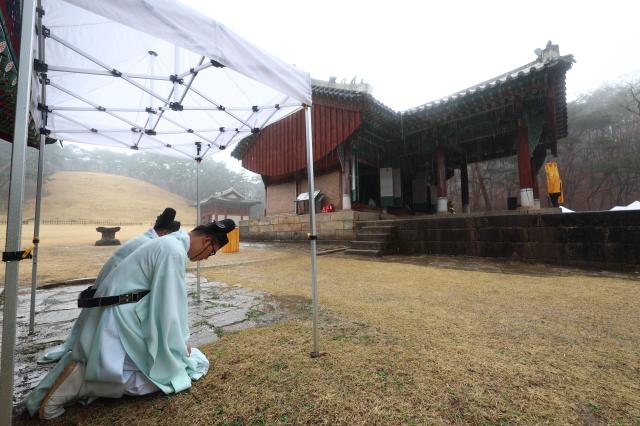
South Korea currently has 73 tombs of members of the Joseon royal family, including kings and queens, as well as the emperors and empresses of the subsequent Korean Empire. While the Joseon Dynasty produced 27 monarchs, the tombs of the deposed rulers Yeonsangun and Gwanghaegun are not included within the official registry of royal tombs.
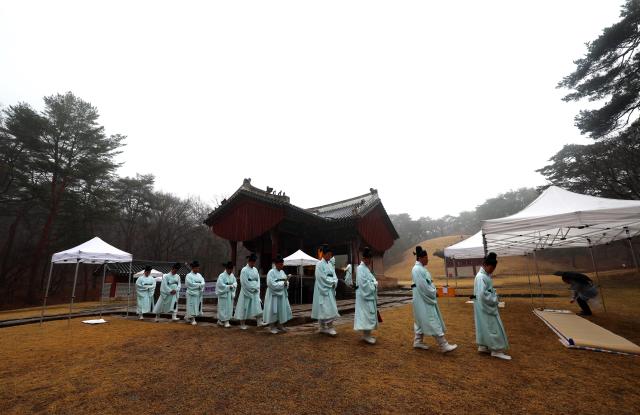
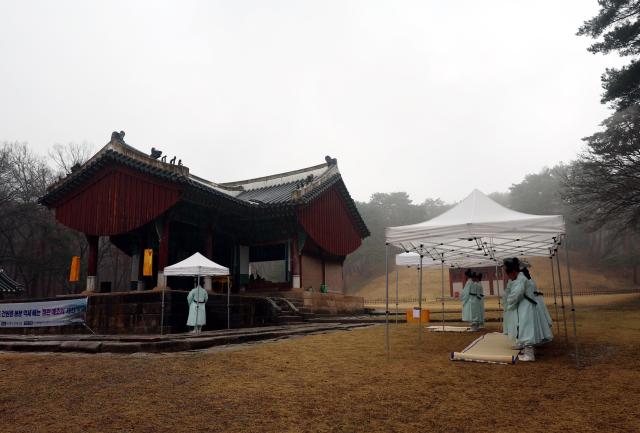
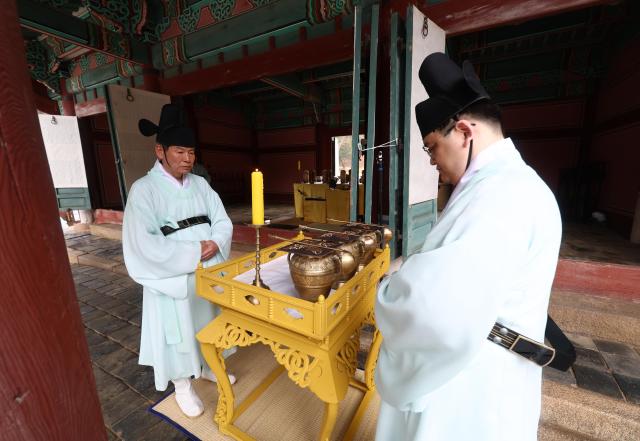

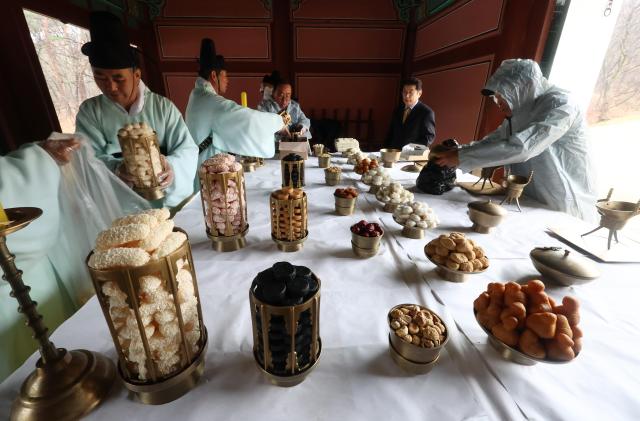

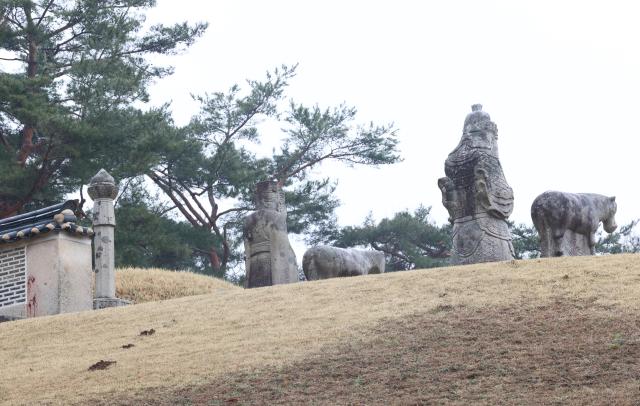
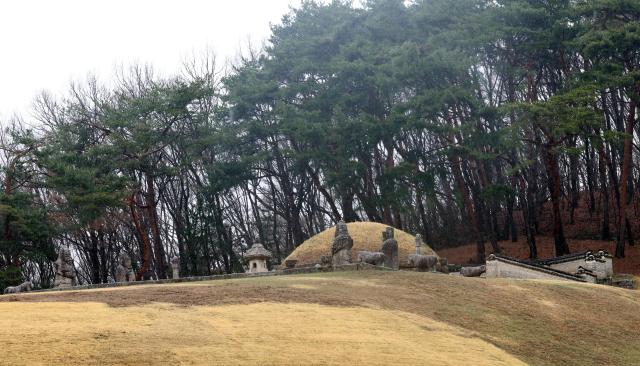
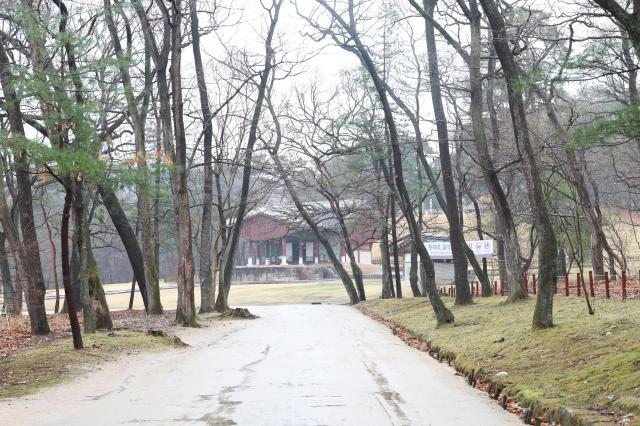
Copyright ⓒ Aju Press All rights reserved.

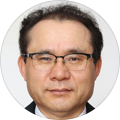
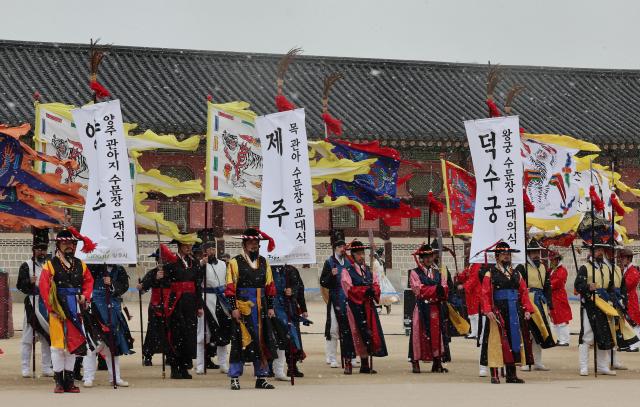
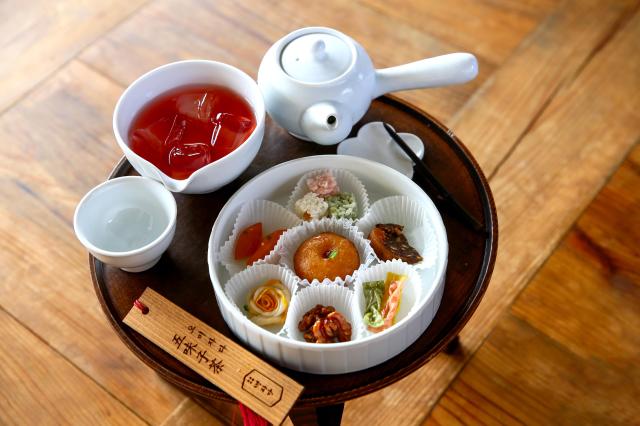
![[OPINION] Britains Royal Family is Important for Them – and Us](https://image.ajunews.com/content/image/2024/02/15/20240215164057424326.jpg)
View more comments